What is vernacular architecture?
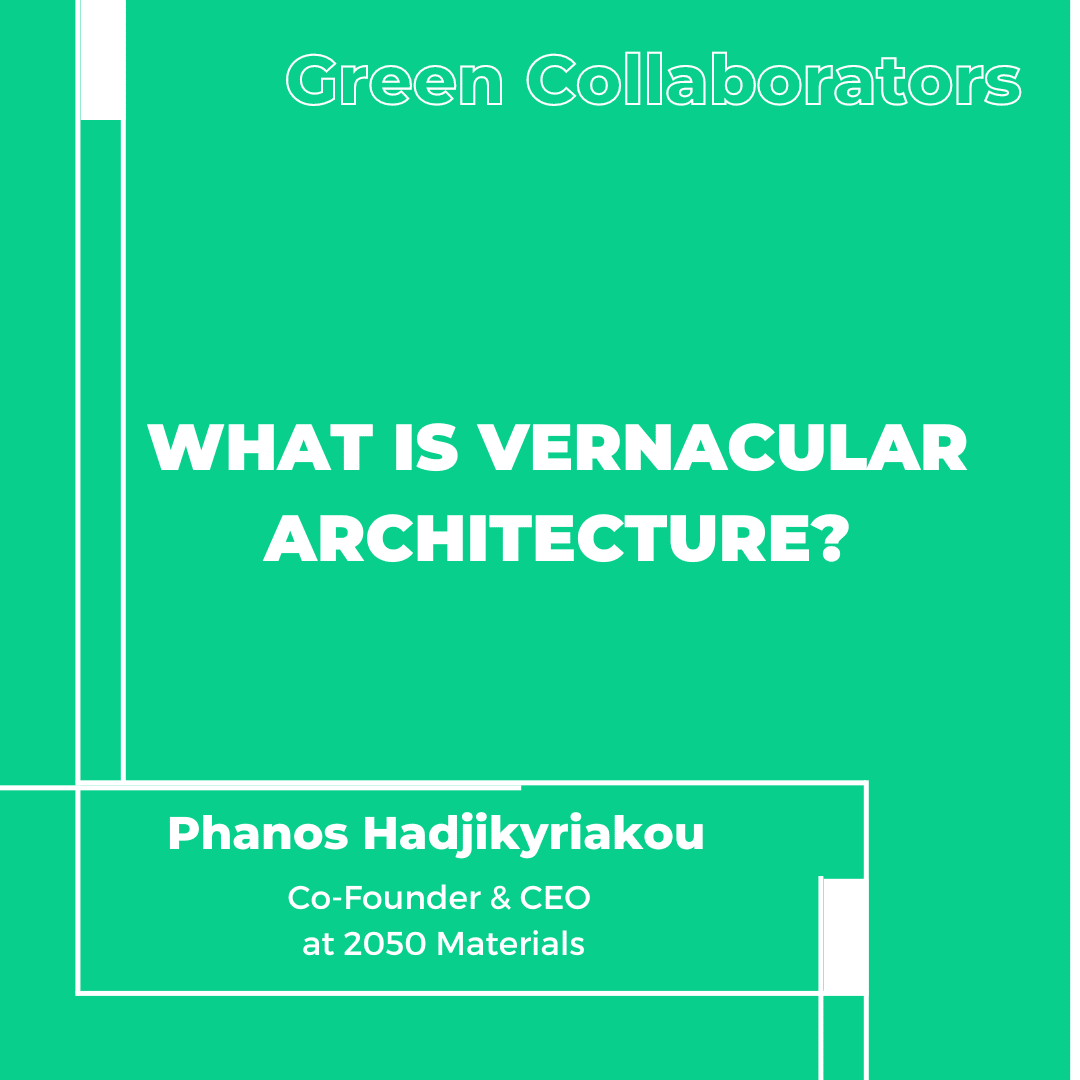
News Detail
Phanos Hadjikyriakou
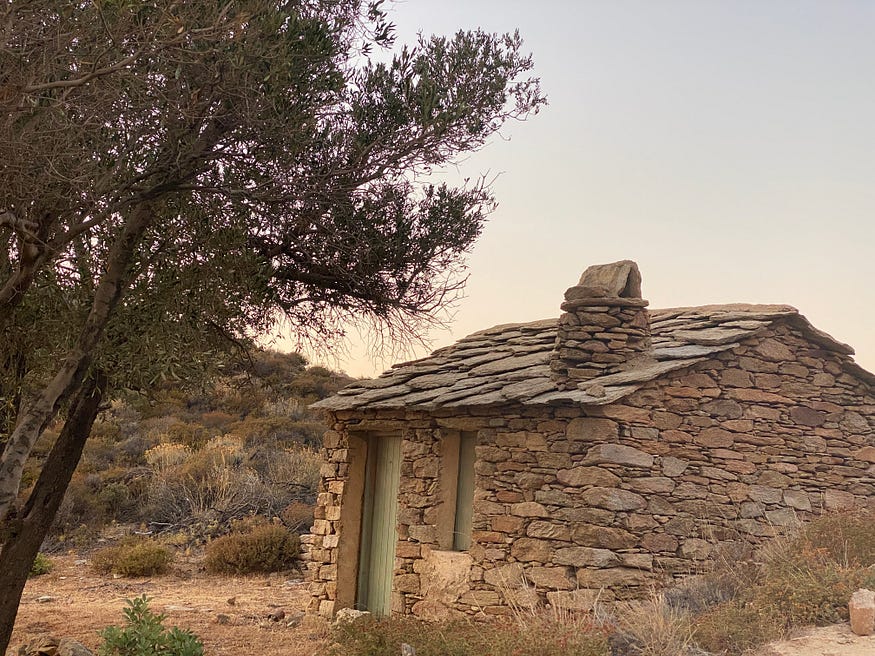
Vernacular architecture is a style of regional or local building that utilizes conventional supplies and resources from the region in which the building is situated. As a result, this architecture is closely tied to its surroundings and cognizant of the unique geographic and cultural characteristics of them, being greatly impacted by them. Because of their regional specificity, they have even evolved into ways of confirming identity.
In projects that aim, for instance, to maximize energy efficiency with passive noise and thermal management while minimizing CO2 emissions to the environment, old architectural ideas are being looked at and imitated.
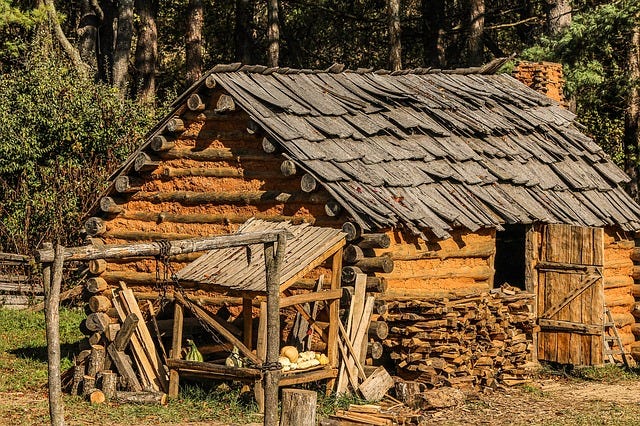
Given these distinctive qualities, it could be difficult to define vernacular architecture. In his book Built to Meet Needs: Cultural Issues in Vernacular Architecture (2006), written as part of a project called Encyclopedia of Vernacular Architecture of the World, Paul Oliver discusses the necessity for a more precise definition of the term, which is motivated by this conundrum. As a result of his studies, vernacular architecture has been defined as the architecture of the people, including their homes and other structures related to their environs and resources, typically constructed by the owners or the community using conventional methods. It is designed to fulfill specific requirements and take into account the beliefs, way of life, and economy of a particular culture.
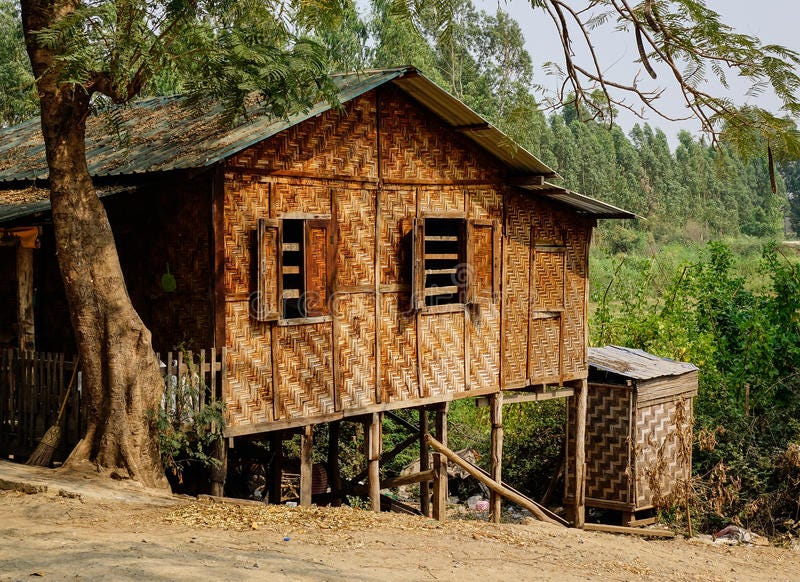
Tradition and contextualisation are the two most important characteristics of vernacular architecture. According to him, all vernacular architecture is traditional in that it is built on well-established forms developed by earlier generations, comes from certain ethnic groups, and is the product of a protracted process across time. In addition, vernacular architecture honors local conditions, underscoring its keen awareness of the geographical context of the surrounds, including climate, vegetation, and topography. This was already highlighted.
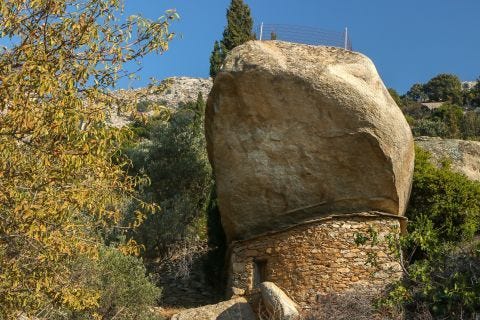
Vernacular architecture has been addressed and revisited in many contemporary architectural practices, particularly because of the latter. These structures play a significant role in modern society because they have excellent bioclimatic characteristics and are veritable examples of architectural sustainability. Therefore, in projects that aim, for instance, to maximize energy efficiency with passive noise and thermal management while minimizing CO2 emissions to the environment, old architectural ideas are being looked at and imitated.
The architect Lucio Costa was one of the foremost authorities on Brazilian vernacular architecture in the late 20th century. He defined the history of Brazilian architecture by introducing examples from all over the nation, including the renowned Ocas, which are typical indigenous housing structures in Brazil, buildings on stilts, and rammed earth structures from the colonial era, among others. Although the processes used to create these structures have evolved through time and are now quite sophisticated, they nevertheless appear almost spontaneously.
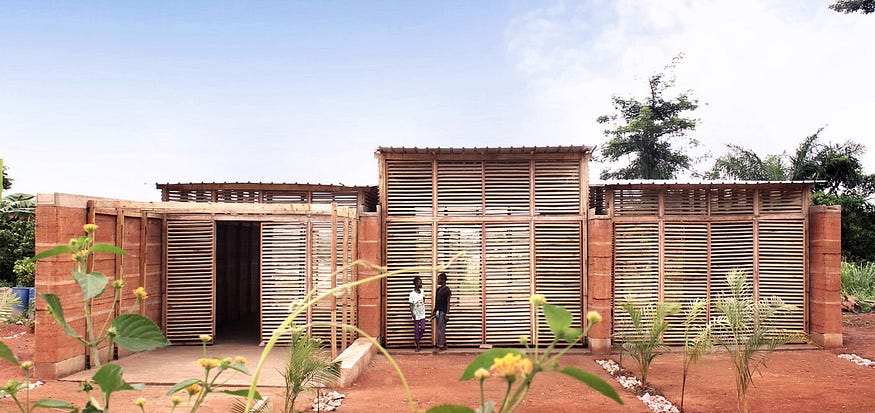
What are vernacular building materials?
Today, steel, concrete, and glass are considered to be the highest-quality architectural materials, whereas adobe, reed, or peat moss are considered to be antiquated materials. According to the facts, these disregarded and forgotten resources are more appropriate and sustainable in the given situation.
The traditional buildings still stand strong and are still environmentally beneficial in a world where research is being done to find sustainable construction methods employing contemporary materials.
The main building materials used in vernacular buildings are:
- Timber
- Bamboo
- Laterite
- Earth
- Straw & Hay
If you would like to see building products which use these materials, use this magic link to get a custom view on 2050 Materials.
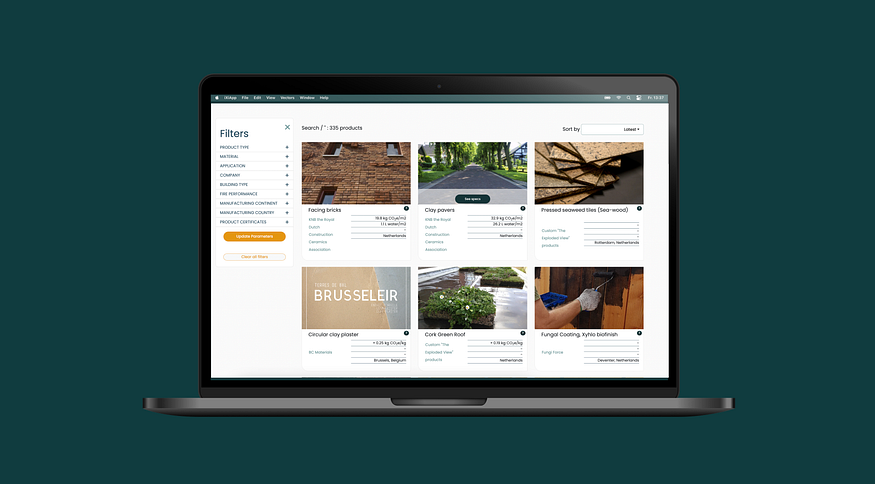
2050 Materials provides the largest database of sustainable building products with digitized environmental and health data. This empowers architects to design and specify in line with the climate emergency by considering these data points at the earliest stage.
More info